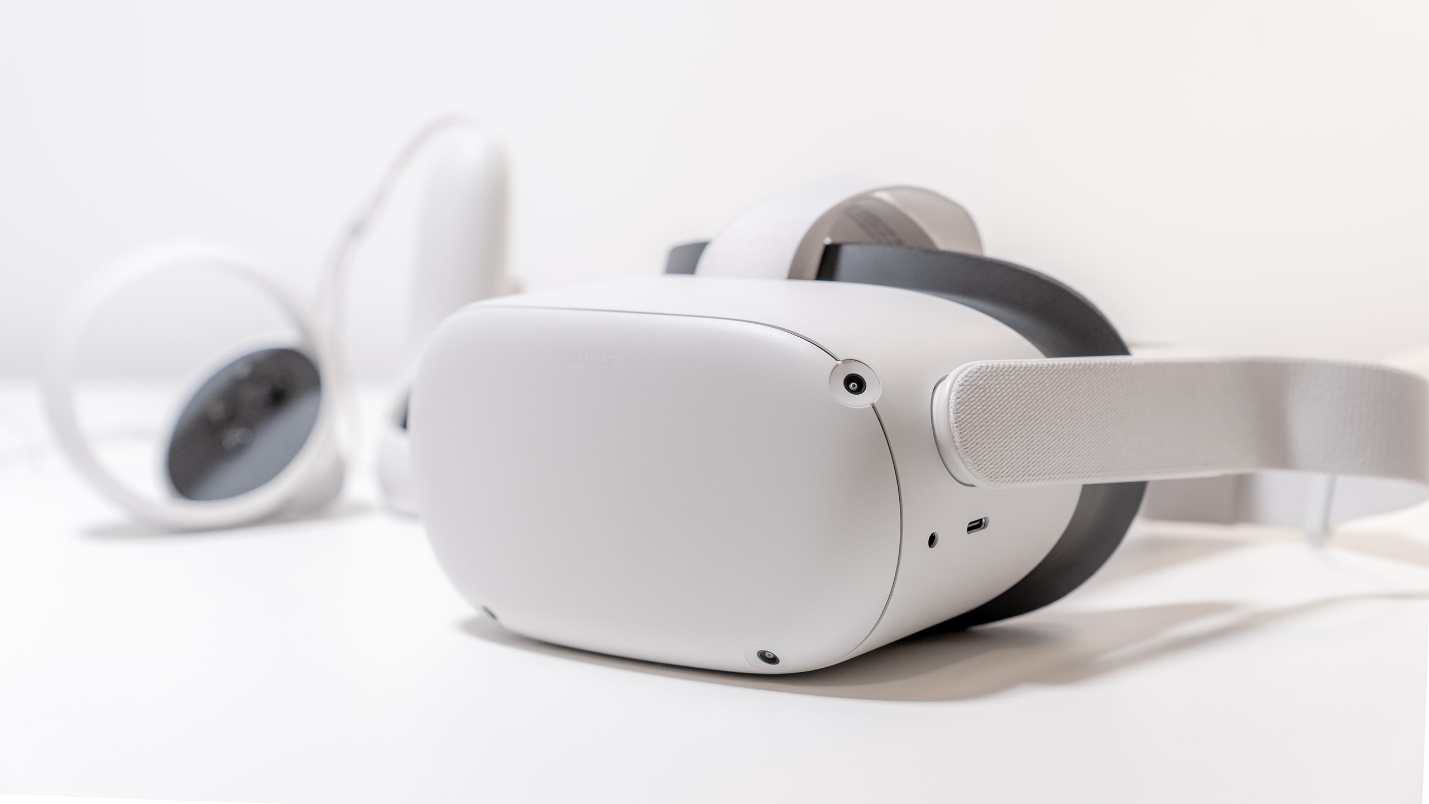
The Digital Doctor is In: AI and Telemedicine Redefine Healthcare
The healthcare industry is undergoing a seismic shift fueled by artificial intelligence (AI) and telemedicine.

With the spread of the pandemic, businesses have embraced Augmented Reality (AR) in a variety of industries. This trend is expected to continue in 2022 as well. Though some were wary about integrating this technology at first, the revolutionary benefits that augmented reality provides to the industrial and corporate sectors have changed people’s minds. People now find AR to be an engaging tool for interacting with brands, and it has changed their purchasing habits.
According to a study conducted in 2020, the augmented reality market is predicted to grow at a CAGR of 31.60 percent from 2020 to 2025, growing by 108.57 billion dollars. The current market situation, as well as the increased demand for AR from businesses, have encouraged this boom in AR growth. As a result, more companies began to invest in augmented reality technology, no doubt influenced by tech giants who are aggressively pushing this technology, and the more this landscape evolves, the more AR trends will emerge to keep track of.
It’s nothing new for retailers to offer 3D and AR experiences to product sites. While this strategy is definitely worth pursuing, it’s important to keep in mind that not all customers will go straight to a retailer’s online store. According to Google’s own study, half of Google consumers research a product before purchasing it. But what if a potential customer did a Google search for a product and the results page offered them a 3D version that they could view in their own homes with a press of a button? Instead of conducting extensive research on an item, they could just place it in their own environment to get a better look at it and decide if that would work.
Customers can now see how a product will look on them using augmented reality filters, allowing them to make more informed purchases. Many businesses now use augmented reality to help clients try on makeup and eyewear. Not only has the epidemic disrupted the rise of filters, but it has also affected client shopping habits. People nowadays prefer to test on any product before making a virtual buy. This is beneficial to businesses since the virtual try-on can significantly decrease the rate of product return.
The metaverse is a virtual world that is overlaid on top of the real world. We will be able to occupy virtual environments in the shape of an avatar that looks exactly like us or as a hologram in our friend’s living room one day, thanks to metaverse-friendly gadgets like smart glasses and mobile apps.
Non-fungible tokens (NFTs) will be essential in the metaverse, both in terms of access and what we can own there. NFTs are digital one-of-a-kind assets that represent ownership of one-of-a-kind goods such as digital artwork, limited-edition sneakers, essays, and in-game goodies. Some NFTs can incorporate elements of augmented reality, thereby creating an exciting and immersive experience for their users.
2021 will likely be remembered as the year that both businesses and consumers began to pay serious attention to augmented reality and the opportunities it offers. With more businesses investing in this technology than ever, staying updated on the shifting environment and current developments in AR is now an essential task for anyone trying to prepare and secure their company for the future.

The healthcare industry is undergoing a seismic shift fueled by artificial intelligence (AI) and telemedicine.

The healthcare and pharmaceutical sectors are navigating a transformative period, with technological advancements reshaping patient care, operational efficiencies, and strategic growth.

In the world of business, financial wizards wave their wands to conjure profits and success. But behind every great money magician …

Insurtech is not just making waves in the insurance industry—it’s rewriting the rulebook. As technology-driven startups disrupt …